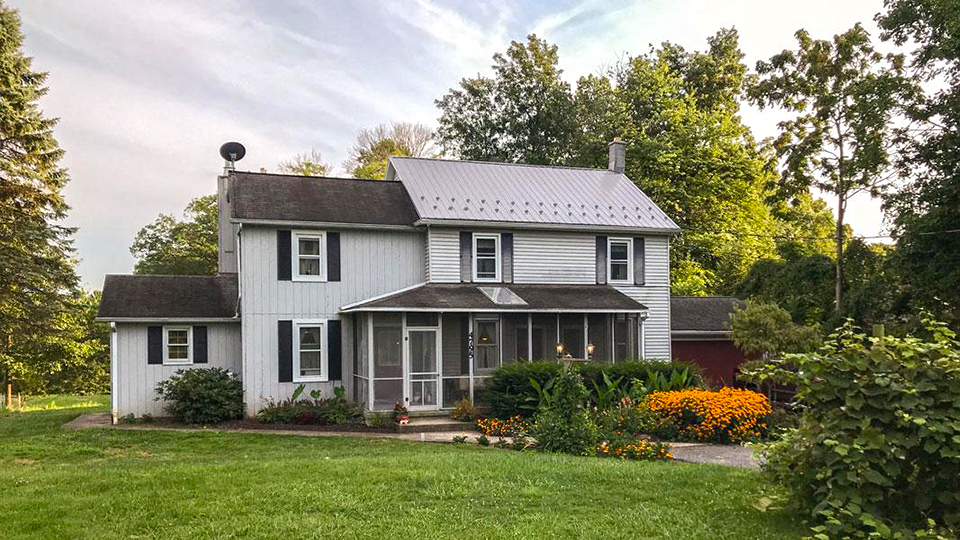

Conewago Township municipal offices are located at 3279 Old Hershey Road, Elizabethtown PA 18022.
Phone: 717‑534‑8556.
Conewago school students attend facilities in the Lower Dauphin School District.


Neighborhoods
Beginnings [1]
Conewago township was created by an Act of the State Assembly on April 2, 1850 from parts of the original Derry and Londonderry Townships. The owns ship takes its name from the creek which forms its entire southern boundary. Conewago or Conewaugha, in Iroquois, means "at the place of the rapids". There are several streams emptying into the Susquehanna River that are so named.
The earliest settlements in the area occurred primarily in the northern and central sections of the Township, where springs gushing out of the conspicuous sand hills dotting the area provided a steady source of running water. The early settlers included in their number Christopher Shoop, John Bucks, Leonard Wallers, Rev. John Roan, Robert Carothers and David Johnson. Records indicate that a tract of land which Moses Potts had surveyed to him on March 29, 1755 was sold in 1770 to Michael Shenk. The Hoffers came to the area about 1800. The Longneckers, Rissers, Grubbs, Lehmans and several other families moved to the area at about the same date. In 1799 Goss' Mill, which was both a grist and saw mill, was erected. Around 1780 distilleries were built on the farms of John Risser and Benjamin Longnecker. Risser's mill was built in 1770, and Redsecker's mill in 1776.
Community facilities established during these early years included a Mennonite meeting house built about 1780; the Brethren's church in 1854; and the union meeting house in 1869. Pioneer schools were taught during favorable weather by ministers, under large trees and at other locations. In 1790 the Conewago area had but five schools, chiefly German. About 1795, an English school was established on property later owned by Henry Shenk. Classes were taught in a one-story log building twelve by sixteen feet -divided into a kitchen, bedroom and the remaining school room. Records show that as many as sixty pupils were at times crowded into this building. A later school was established by a Mr. McNullen. Private homes and the Mennonite meeting house were also used for school purposes until the time when free schools came into general use.
Two villages came into being during this period — Bachmansville, in the northeast part of the Township, and Mt. Harrison (or Foltz Store) near the center. The later was named Mt. Harrison by the Kreiters, who operated a store there during the Harrison presidential campaign of 1840. Three grist mills served the township populace: Redsecker's, in the southwestern part; Goss's, near the center; and Risser's, in the southeastern corner. The grain was hauled by wagon to Philadelphia, over poor roads.
In 1900, the population of Conewago owns ship was given by U.S. Census returns as 830 persons. In 1904 the assessed valuation of all taxable real estate within the Township was $548,480. At this time there were six school houses in the Township, with a total enrollment of 184 pupils.
-From early settler days, through the turn of the century and up to the present day, Conewago Township has retained an essentially rural character, with agriculture serving as the chief industry and one of the major occupations of the populace. Despite the construction in the middle part of this century of the Pennsylvania Turnpike and the Harrisburg-Lancaster expressway, which traverse the Township in the central and southern portions, very little commercial and residential development has occurred in these areas. Some limited development has, however, occurred in recent years in the northern third of the Township, due largely to the emergence of the nearby Hershey Foods Corporation and Hershey Medical Center as a major commercial, employment and tourist activity center.